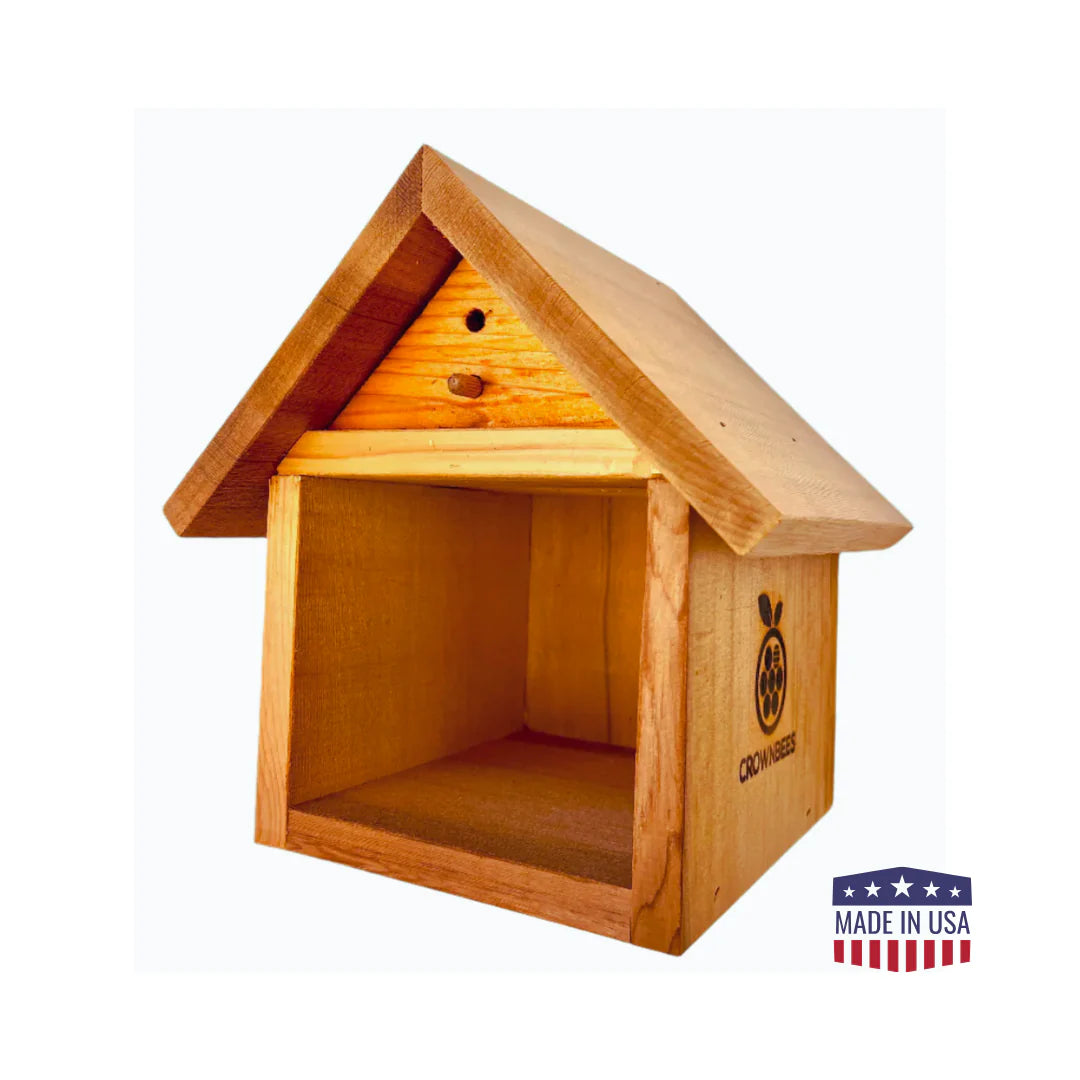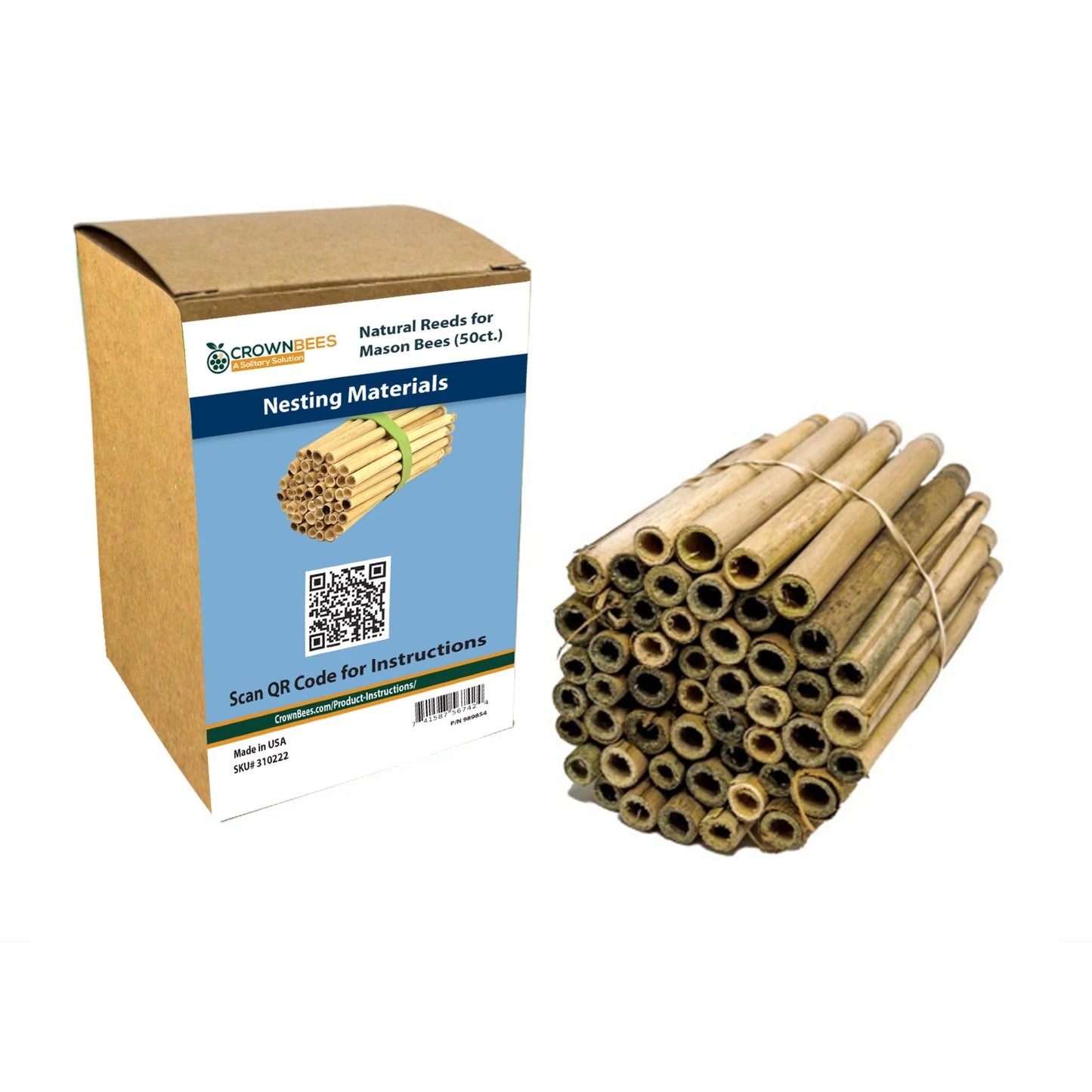
Each month our Bee Informed Blog highlights current news, science, and research related to solitary bee conservation, food insecurity, and sustainability.
1. Helping trees survive the drought
Trees, both urban and rural, especially our native trees, provide habitats for birds, insects, and other animals. Trees provide food and nesting sites for many of our native bees, the shade that can reduce our energy use during extreme heat and help clean the air of pollutants. And as droughts become more intense and frequent, the trees are hurting.
Learn what you can do to help our trees (and bees) in times of drought in this article published by the Argus Courier.

2. Neonicotinoids Harm Bees at Far Below the Label Recommended Dose, Study Finds
University of California (UC), Riverside entomologists conducted an experiment to see how using a common neonicotinoid on ornamental plants would impact the solitary alfalfa leafcutter bee (Megachile rotundata). The answer? Quite a lot.
When the pesticide was applied at just 30 percent of the recommended dose, it still reduced the bees' reproduction by 90 percent.
Read more about this study and learn what home gardeners can do to protect native pollinators in this article by Olivia Rosane.

3. University Of Minnesota Extension New Bee Lawn Resources From Extension
UMN Extension has new materials on everything you need to know to grow your own bee lawn! UMN researchers have spent several years studying bee lawns and the pollinators that benefit from them. These resources combine the results of all this work so everyone can learn the steps in establishing and maintaining a bee lawn.



